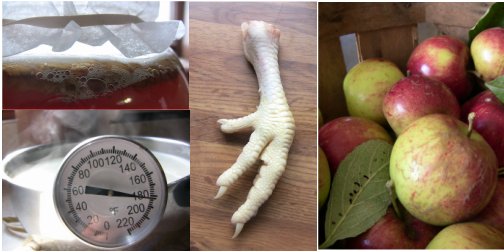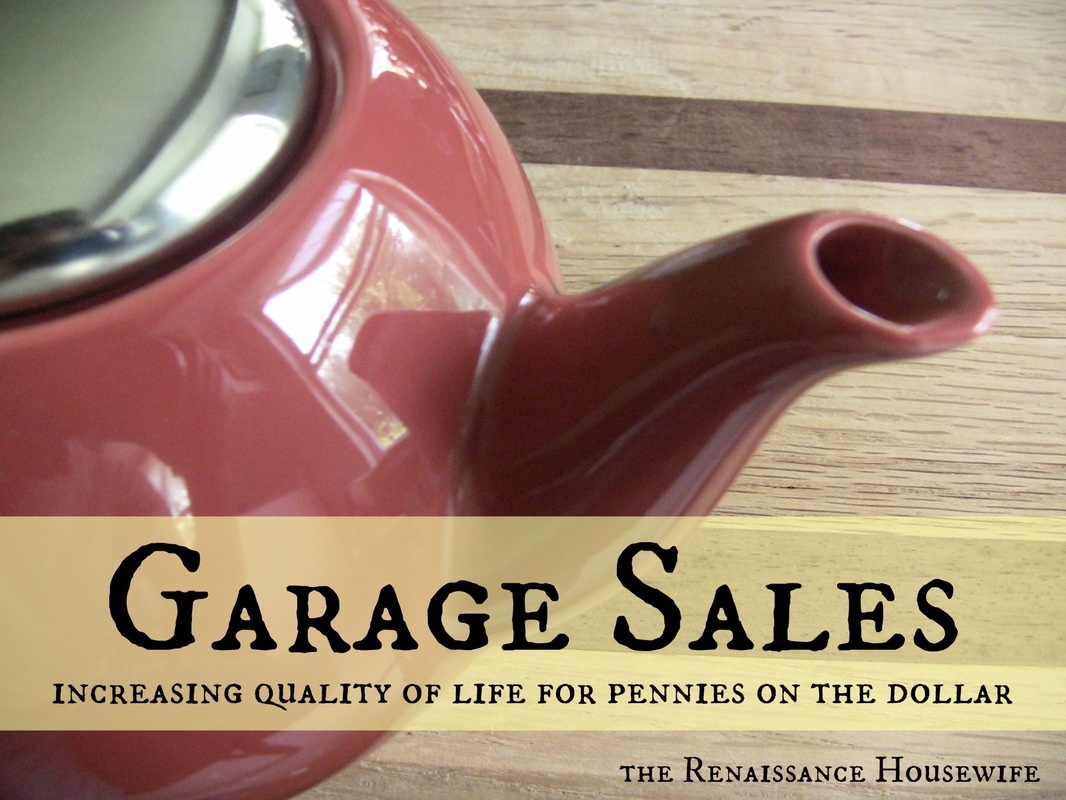Last summer at the farmers market, I set up every week next to a vegetable gardener I called "Rhubarb Man". He was full of stories from the good old days, garden shenanigans and tips. During the fall he sold a lot of garlic, and happened to be giving out free tips on how to grow your own. Of course he gave this information to every customer that bought garlic, so the idea of growing some started to grow on ME!
Growing Some Garlic
I ended up buying four bulbs from him to plant in my own garden. There were still a few 4x4' spots that did not have raised lasagna beds yet, so I decided that I would put my garlic there over the winter. It took about 10 minutes to work the soil a little bit, and 20 minutes to plant all four bulbs (about 30-40 cloves). I put a small cattle panel over the spot so that I'd remember where my garlic patch was.
This March, the weather finally warmed up and my little garlic cloves began to sprout. I counted 35 sprouts. If each of these sprouts grow into a bulb of garlic, what will be the return on my $2.00 investment?
Calculating the Return on Investment
4 bulbs @ $0.50 per bulb = $2.00, + 0.5 hrs of my time @ $4.00/hr. = $2.00
Total investment = $4.00
35 bulbs @ $0.50 per bulb = $17.50 - $4.00 investment = $13.50
Therefore the return on my $4.00 was almost 338%.
Hourly Wage
You can also look at growing garlic from the standpoint of an hourly wage.
35 bulbs @ $0.50 per bulb = $17.50
$17.50 - monetary investment of $2.00 = $15.50
$15.50 x 2 (30 minute sessions) = $31.00 per hour
Conclusion
I've come to the conclusion that growing garlic is well worth the time and money involved. Either way you look at it- $31.00 per hour or a 338% return- there's no denying that this is something many more housewives should be doing.
In addition to being incredibly easy and a small time commitment, garlic is super healthy for you. Use it to flavor food OR in herbal concoctions to help fight infection. One of the reasons I planted so much is that I'll be using it for my animals as well as for Hubs and I.
Here's to growing great garlic!
-Bethany
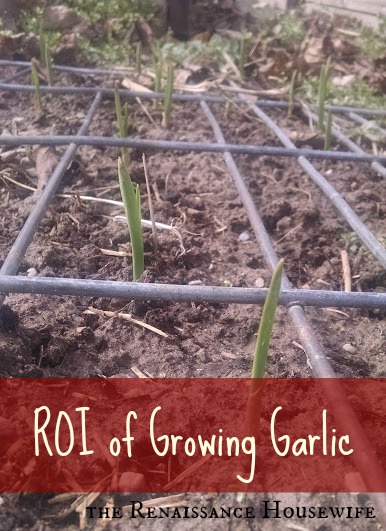
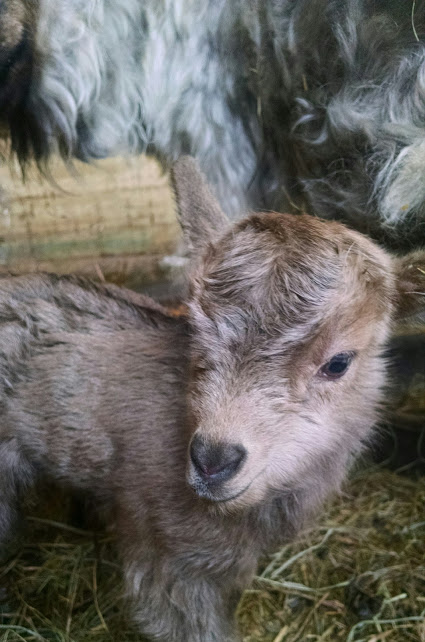
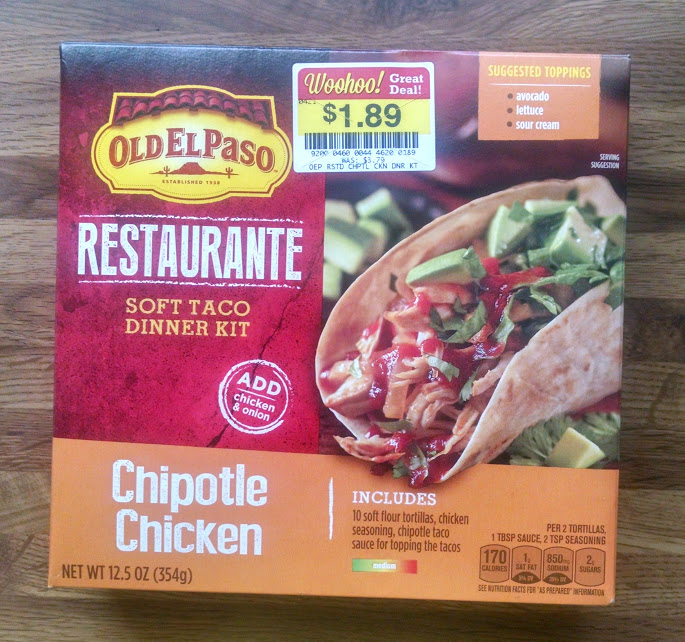
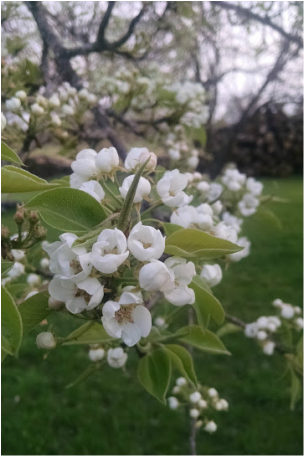
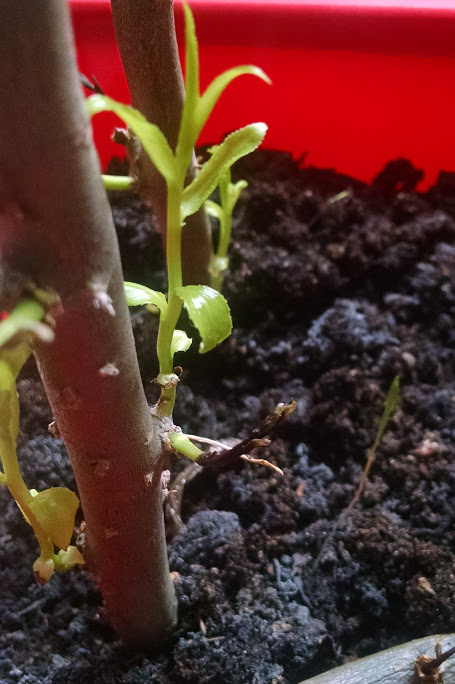
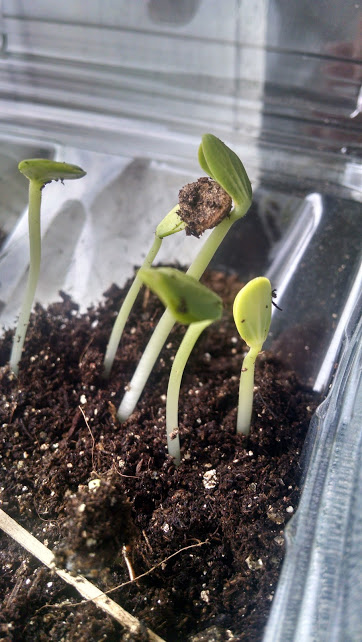
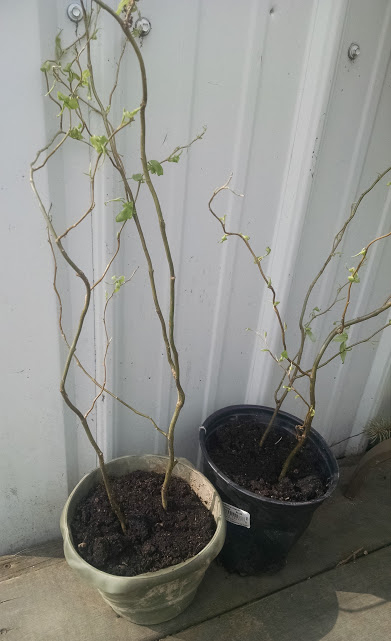
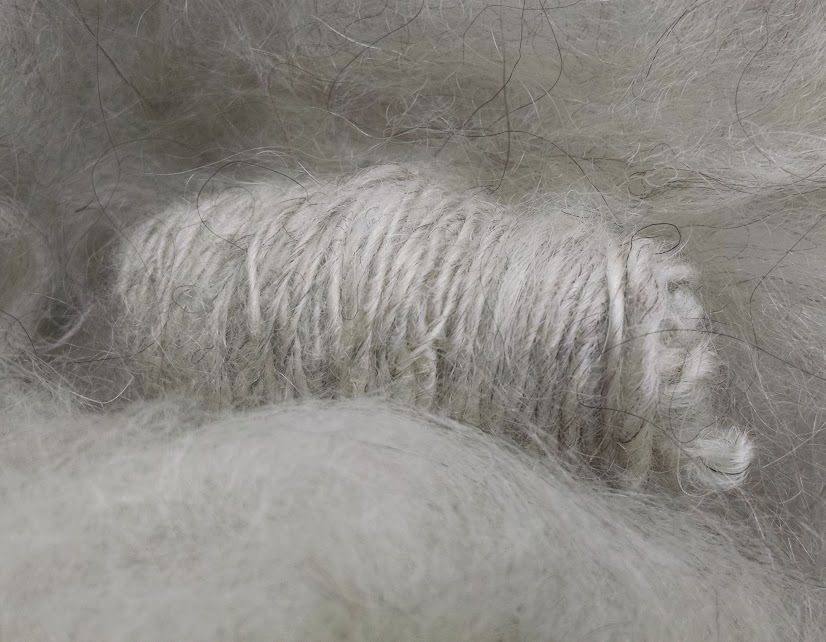
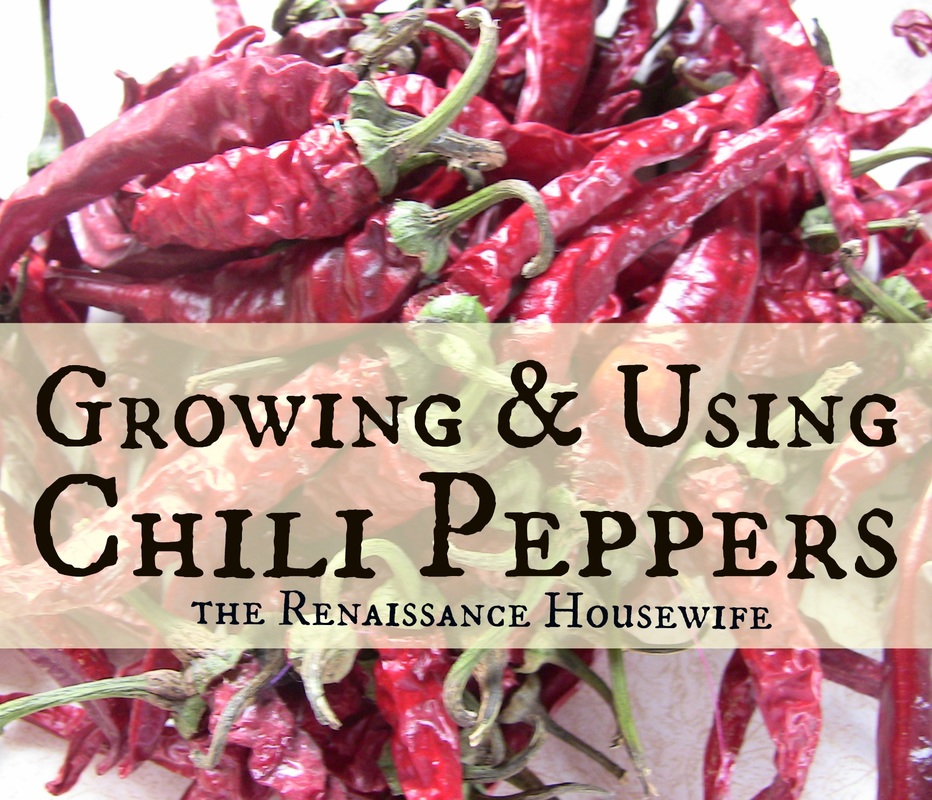
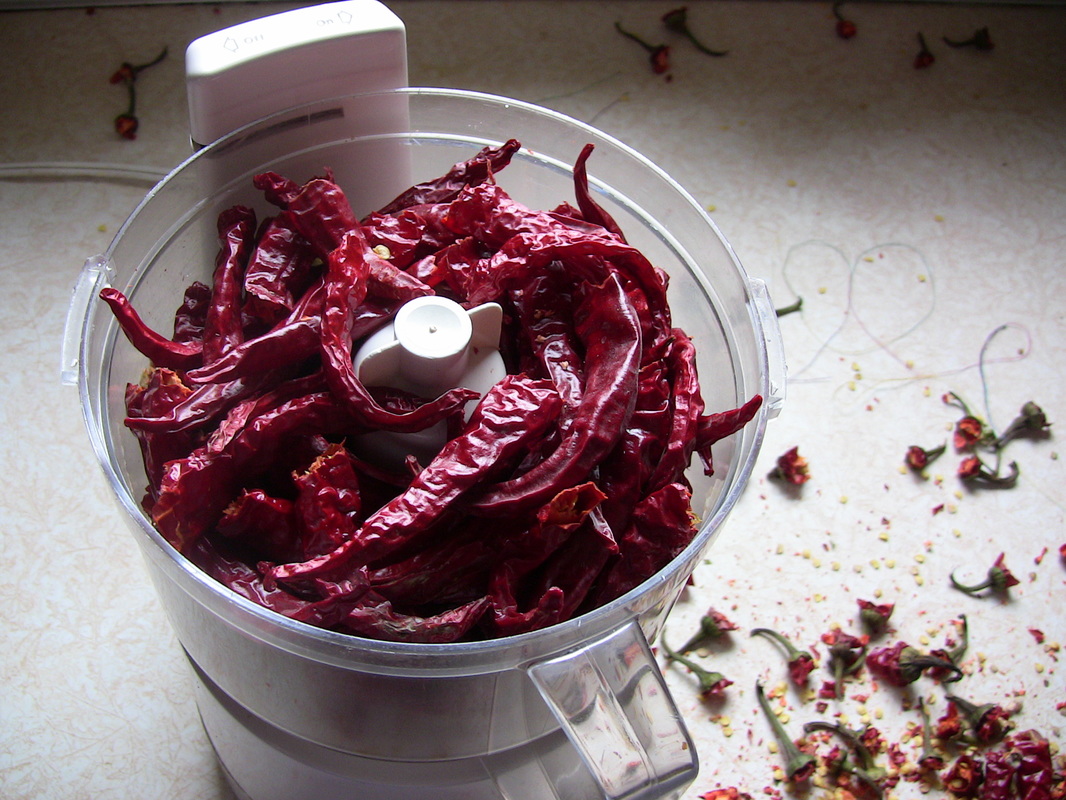
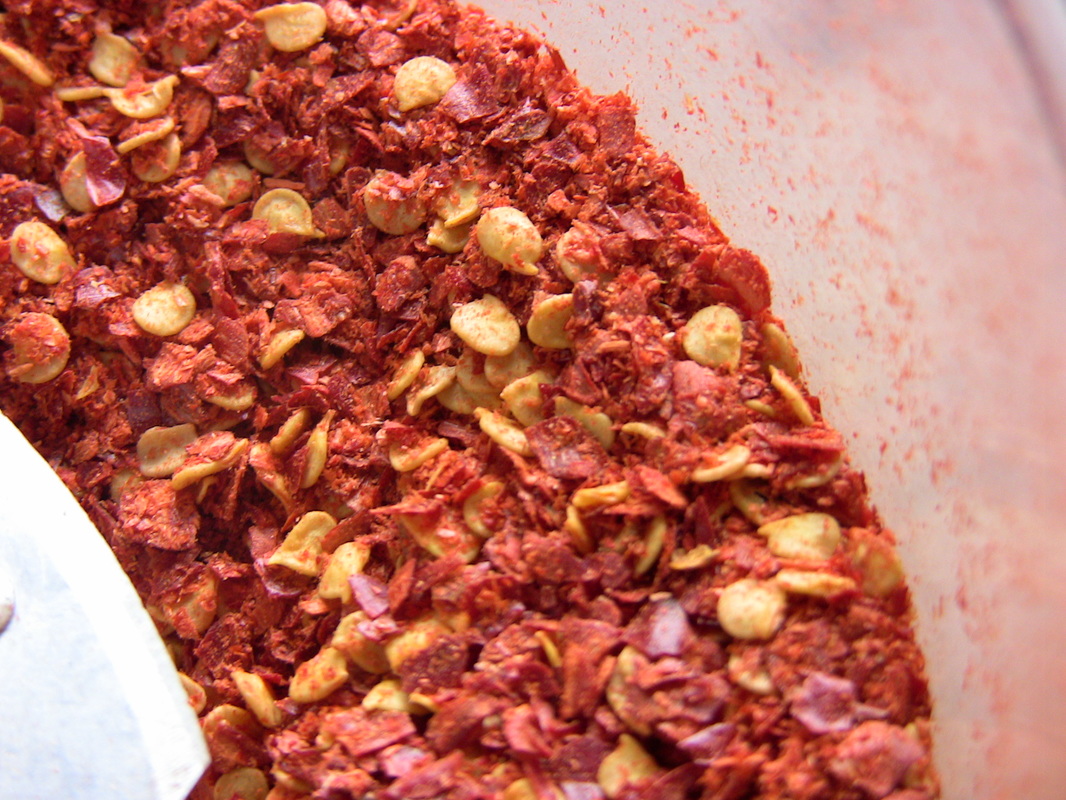

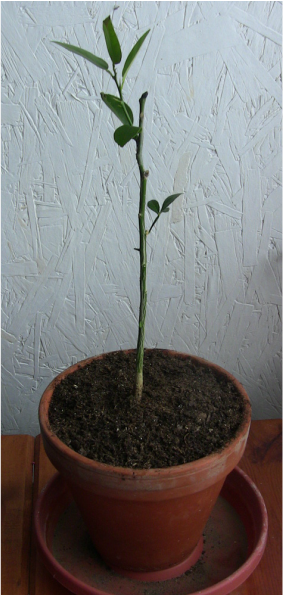
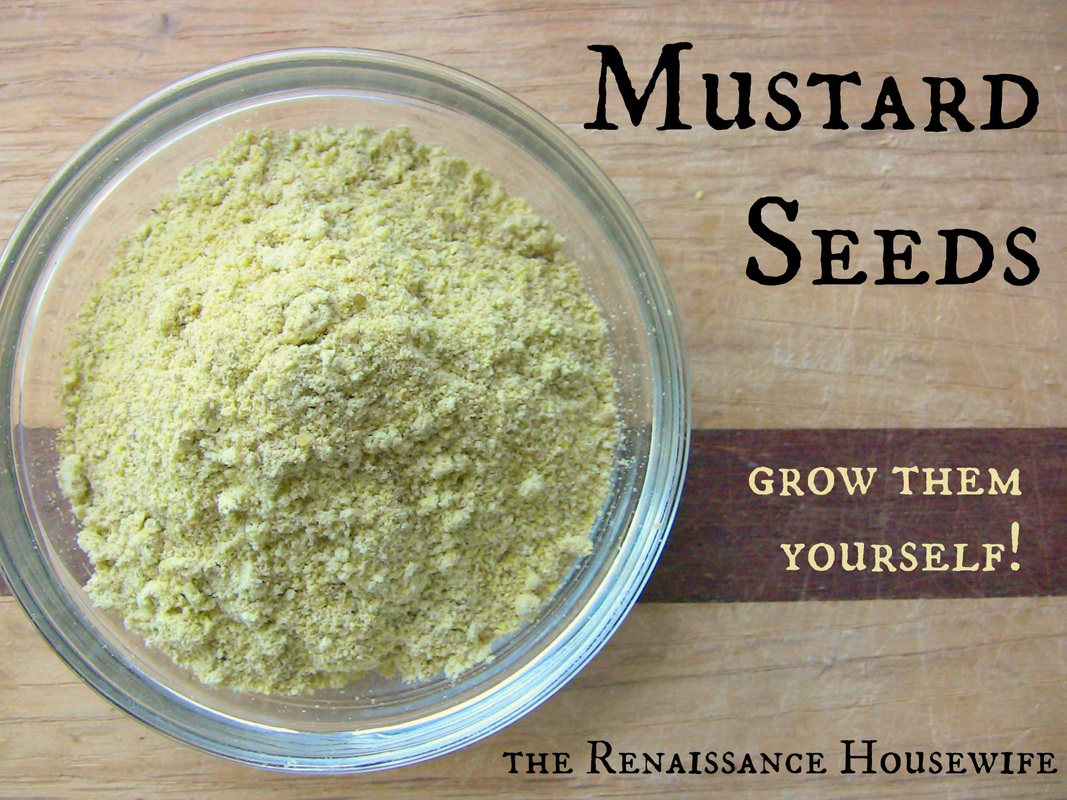
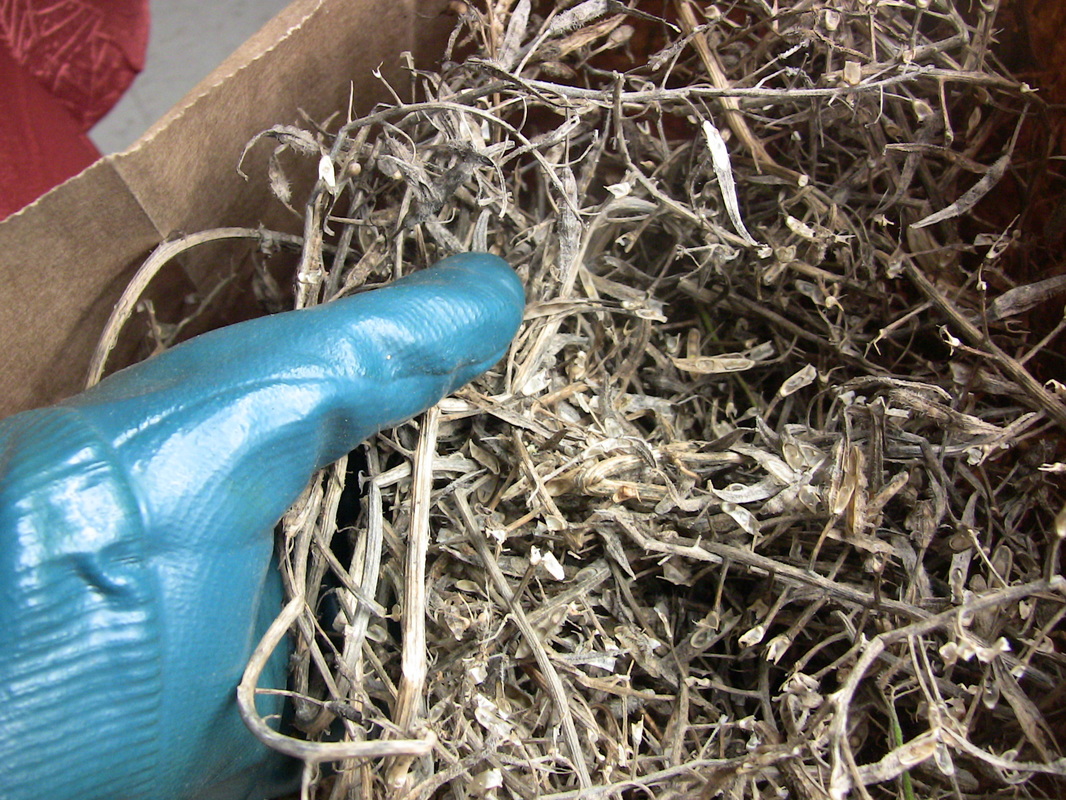
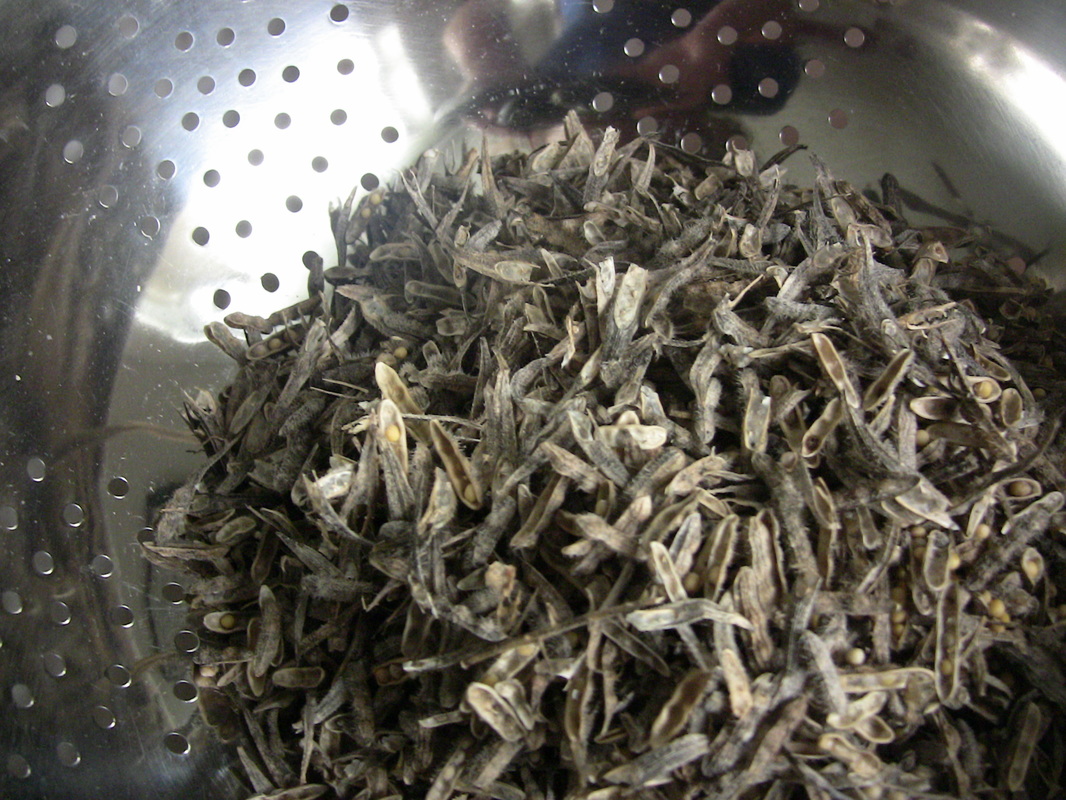
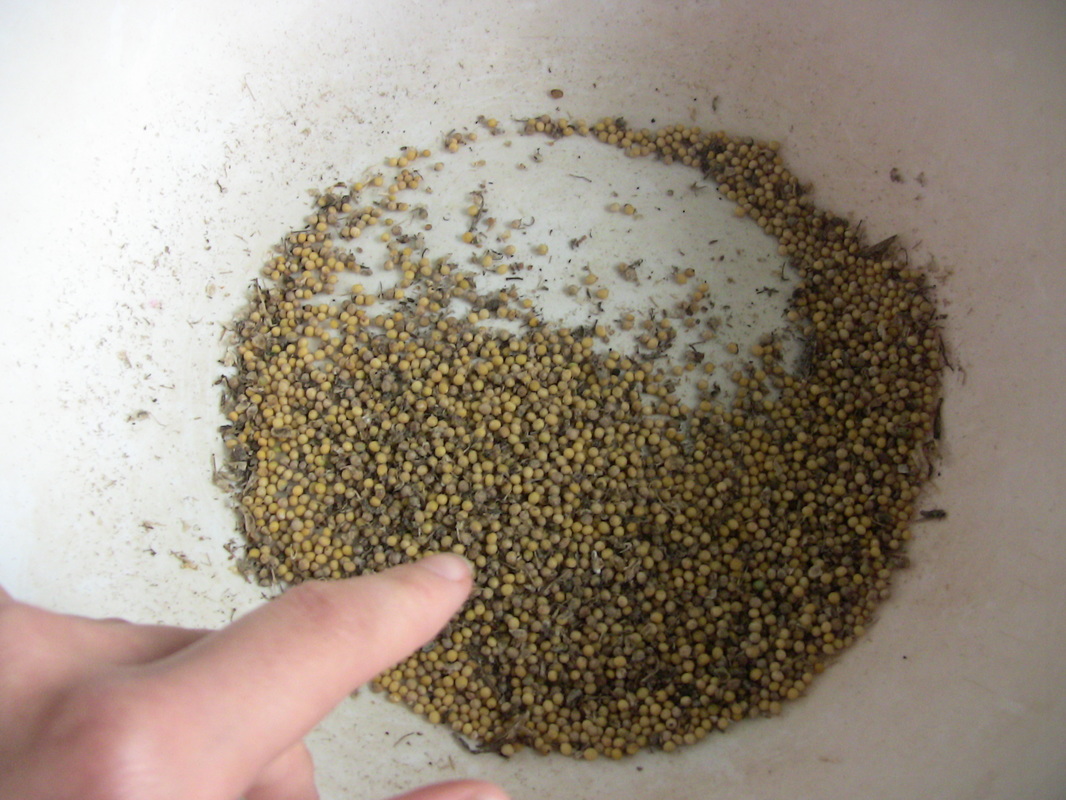
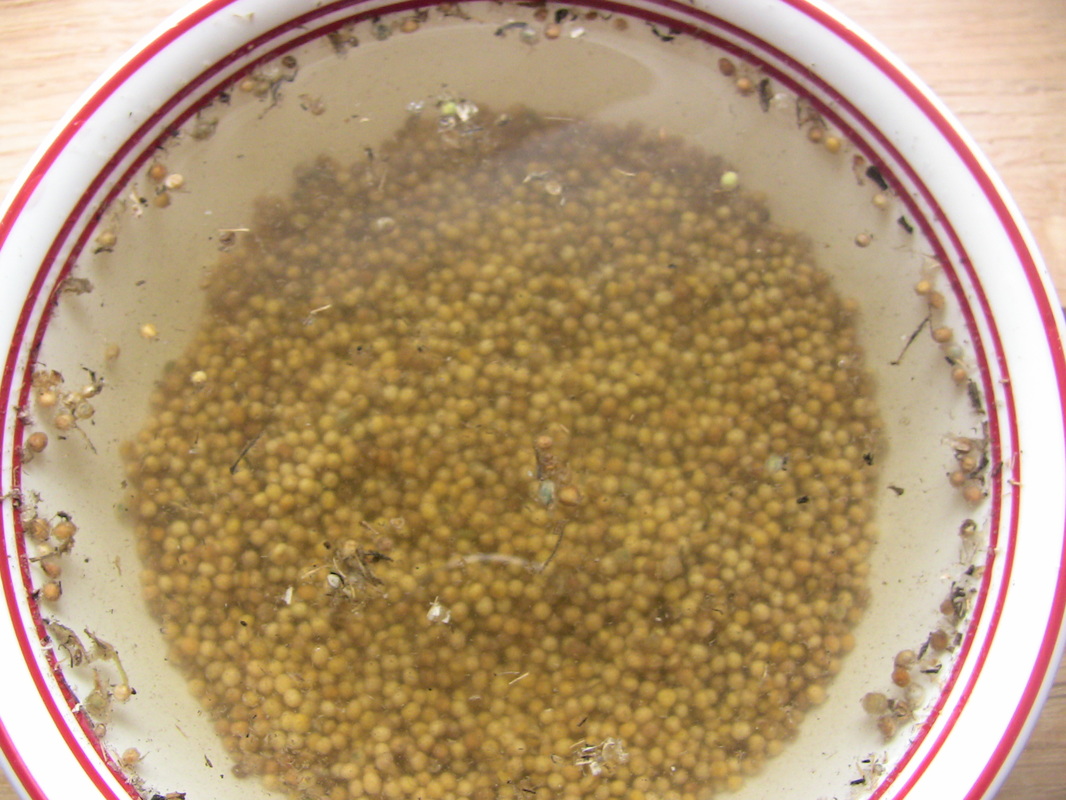
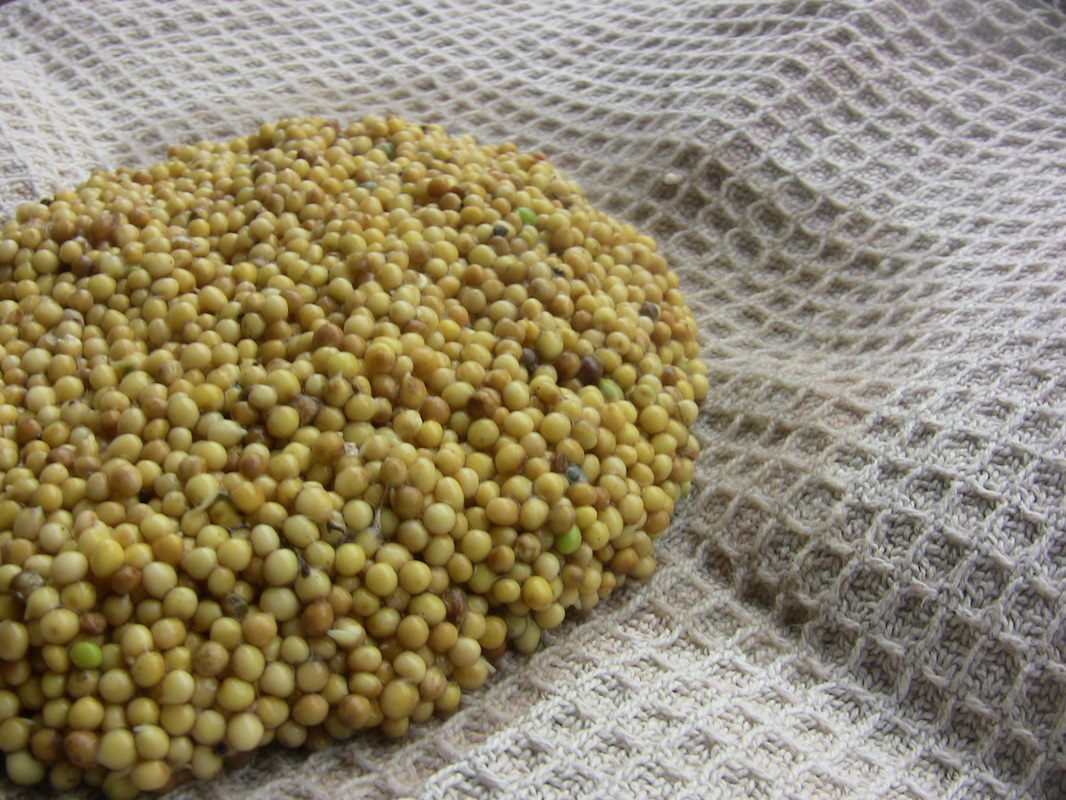
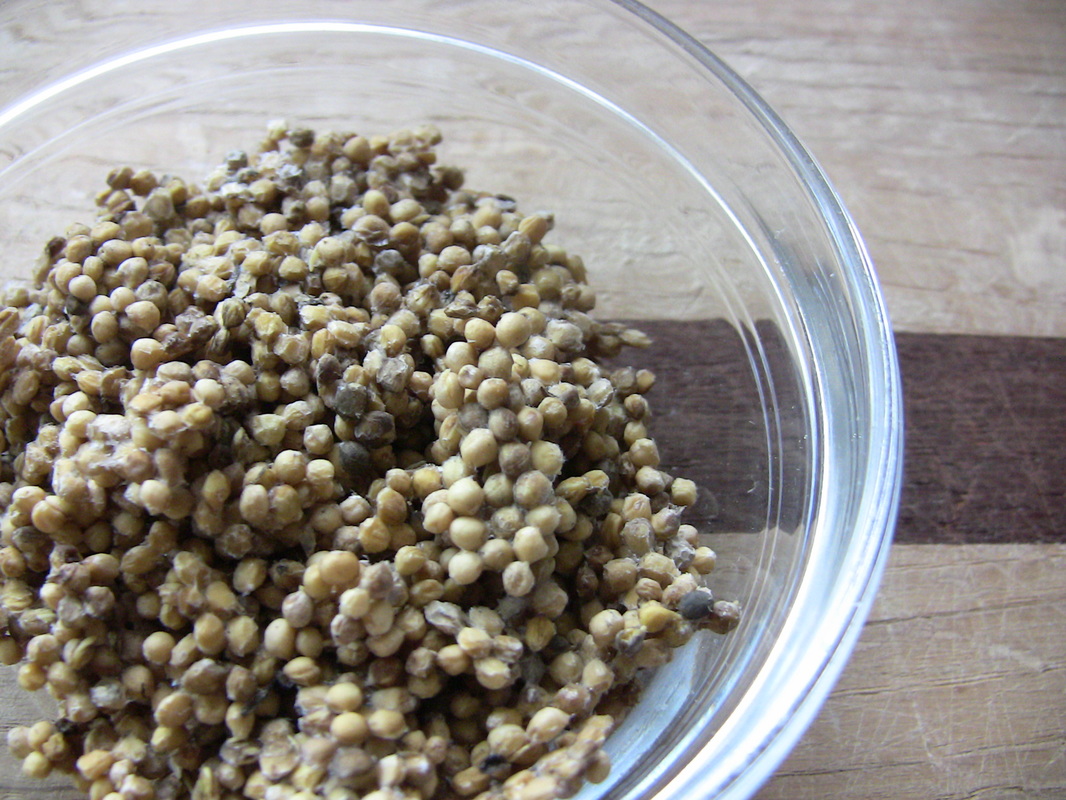
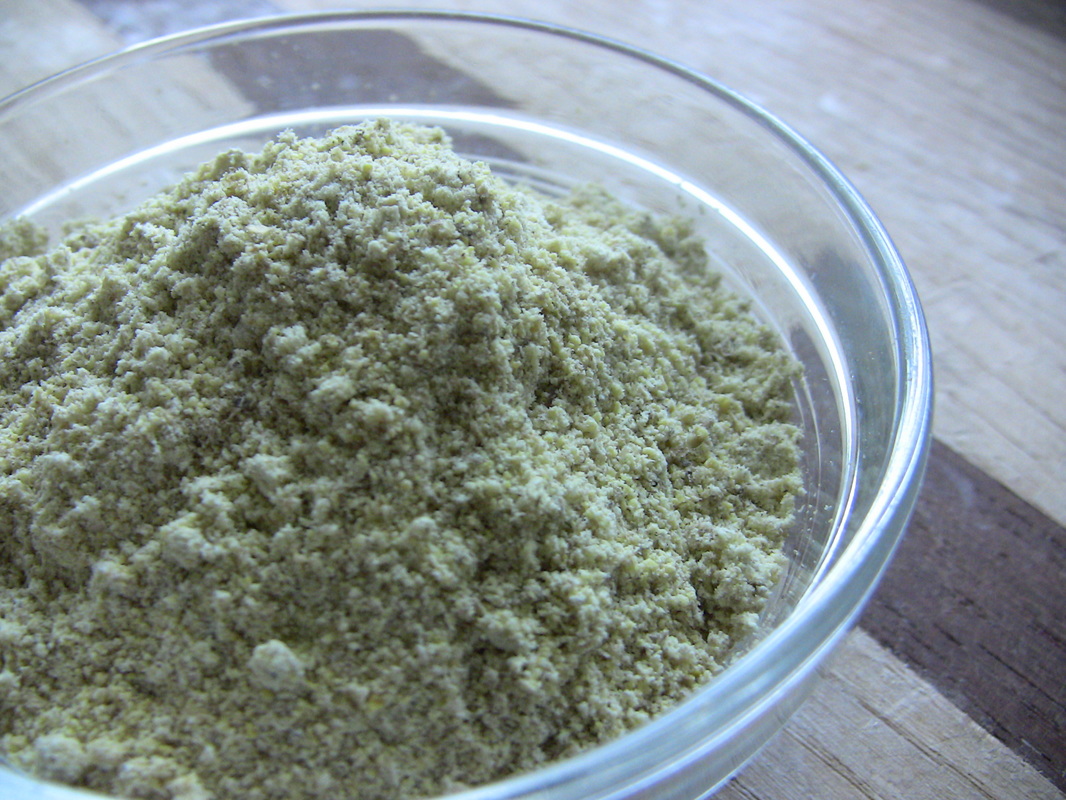
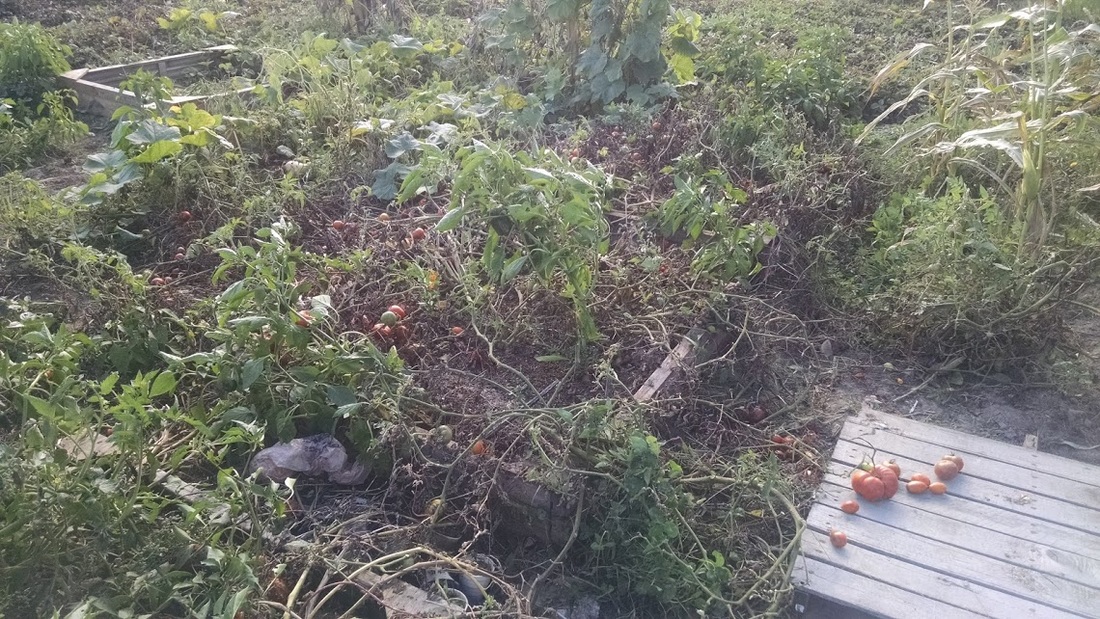
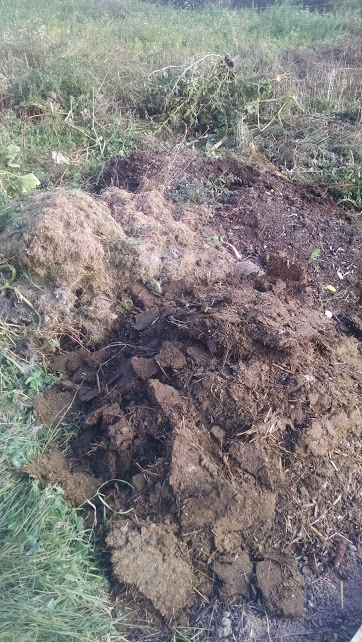
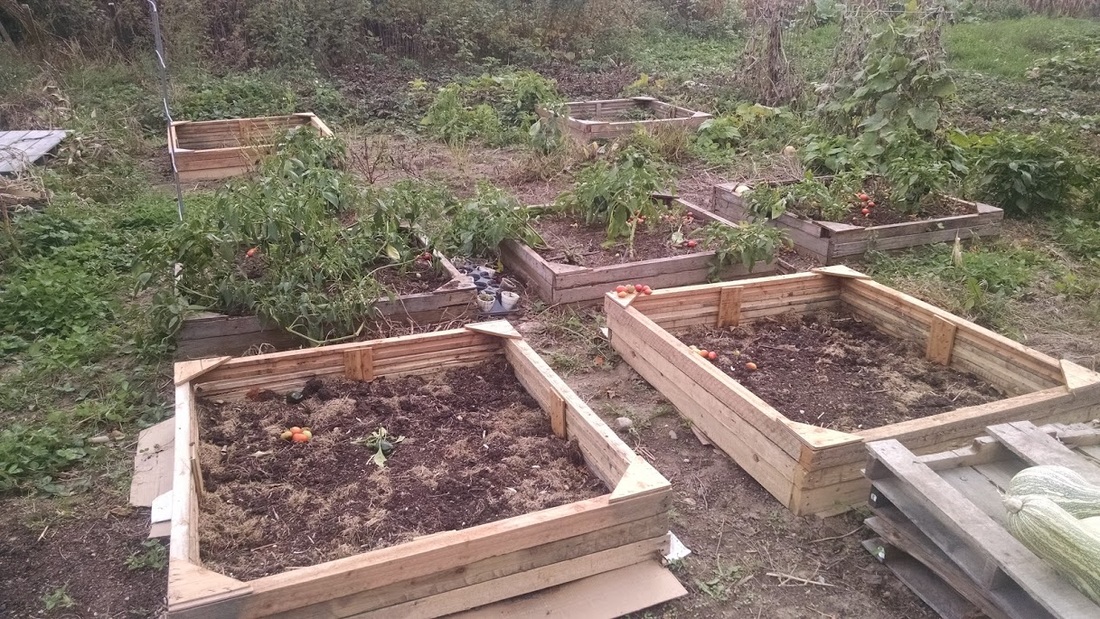
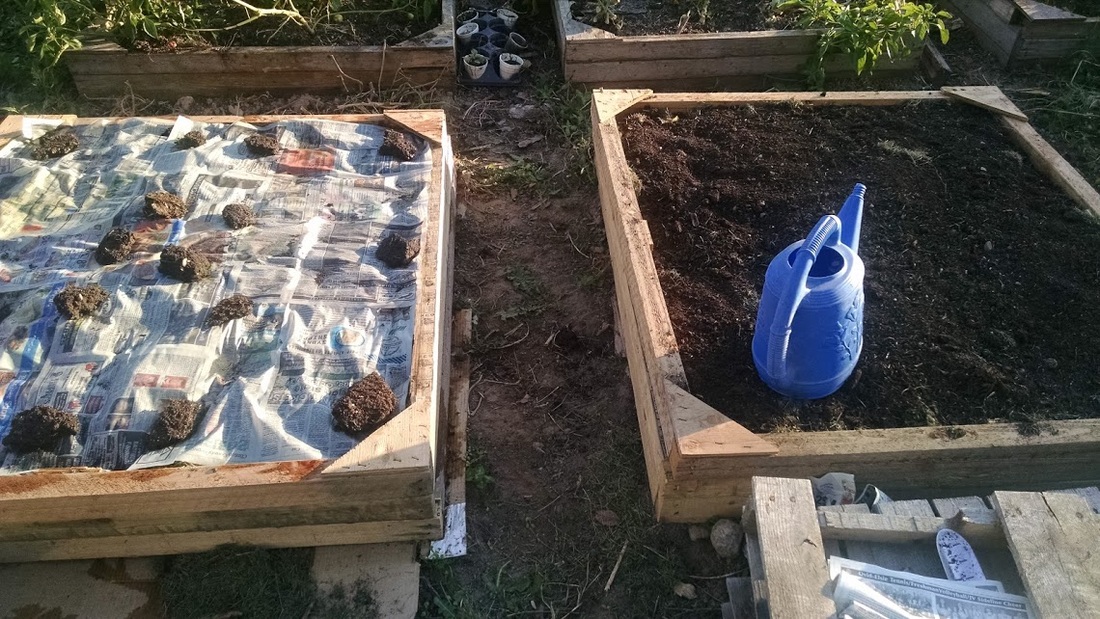
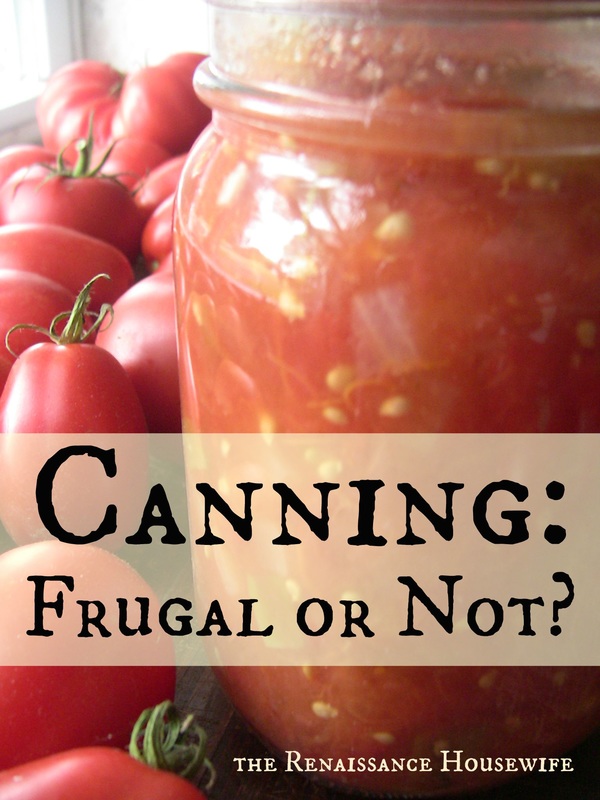
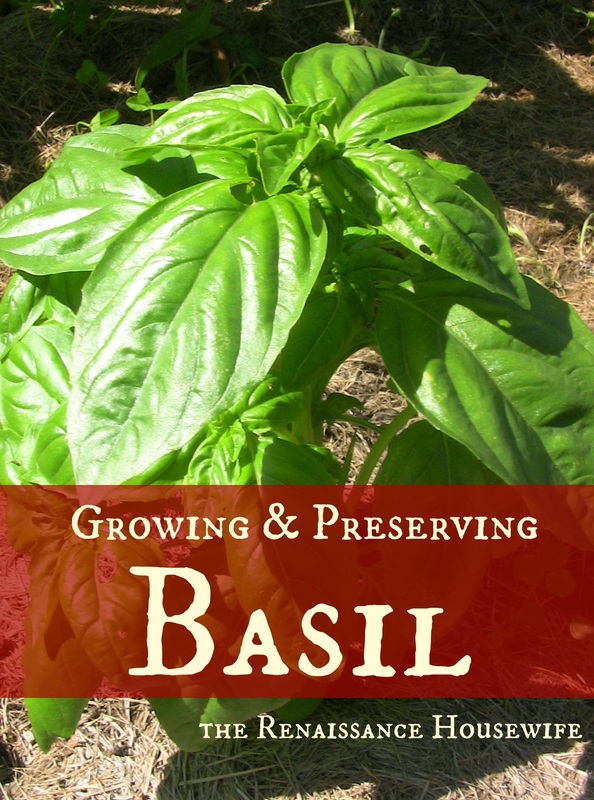
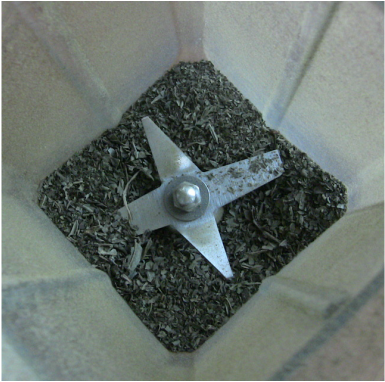
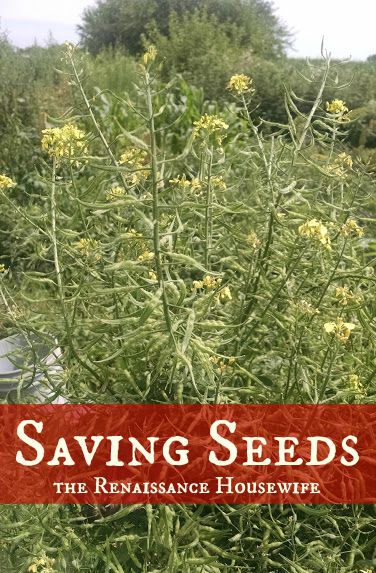
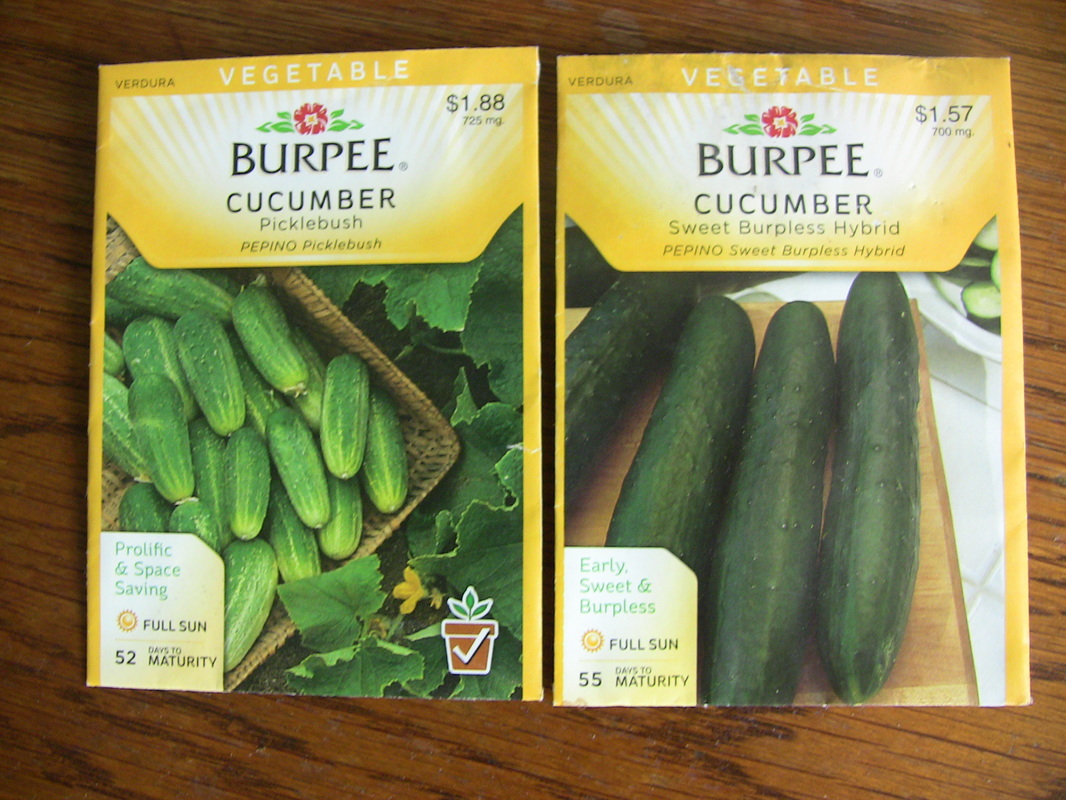
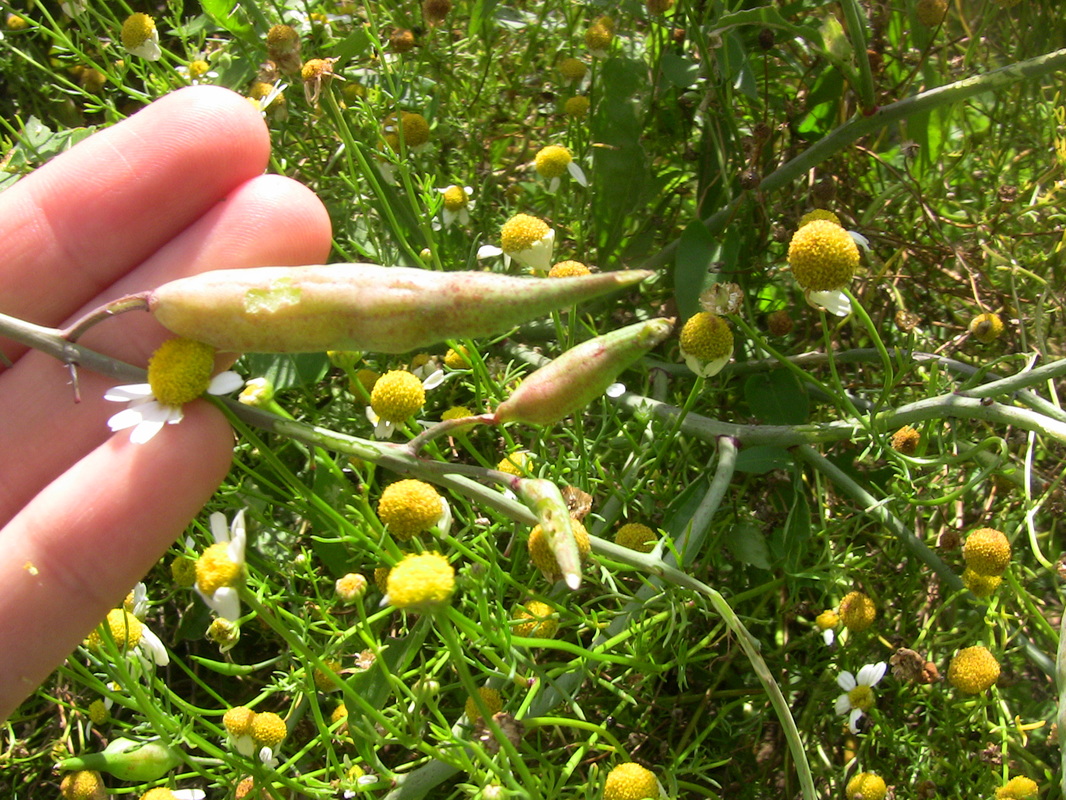
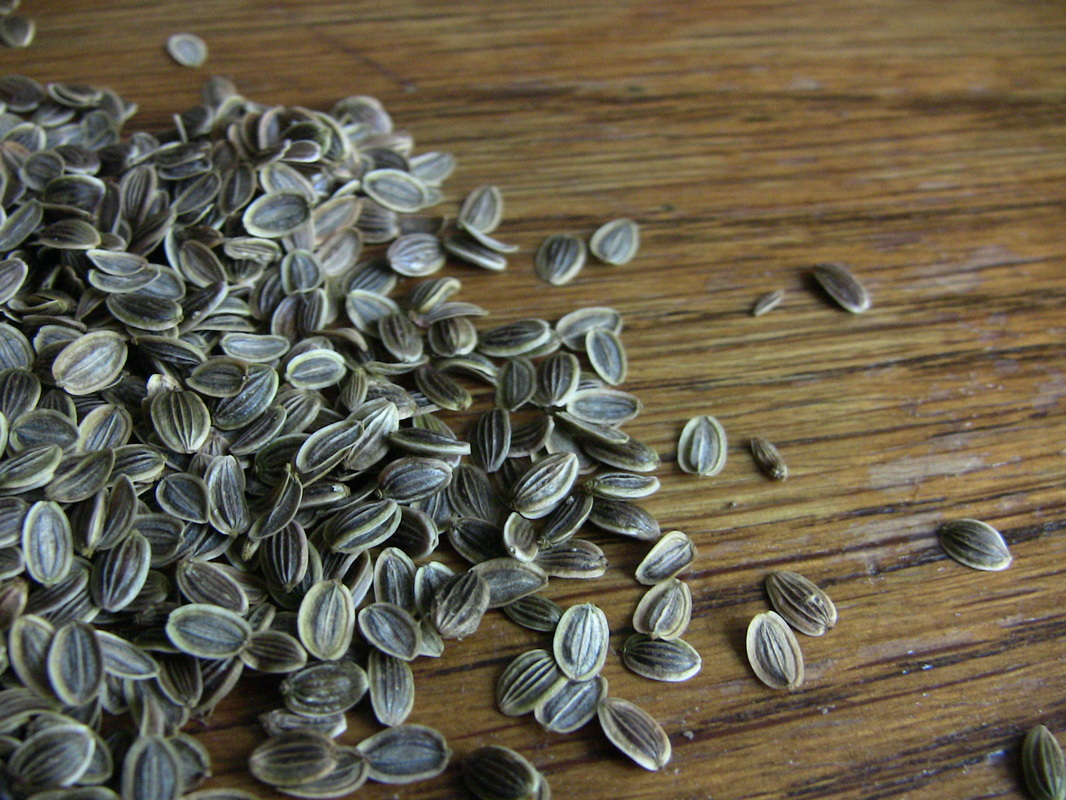
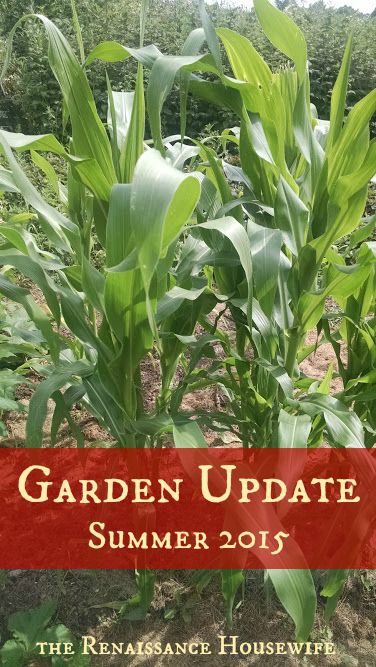
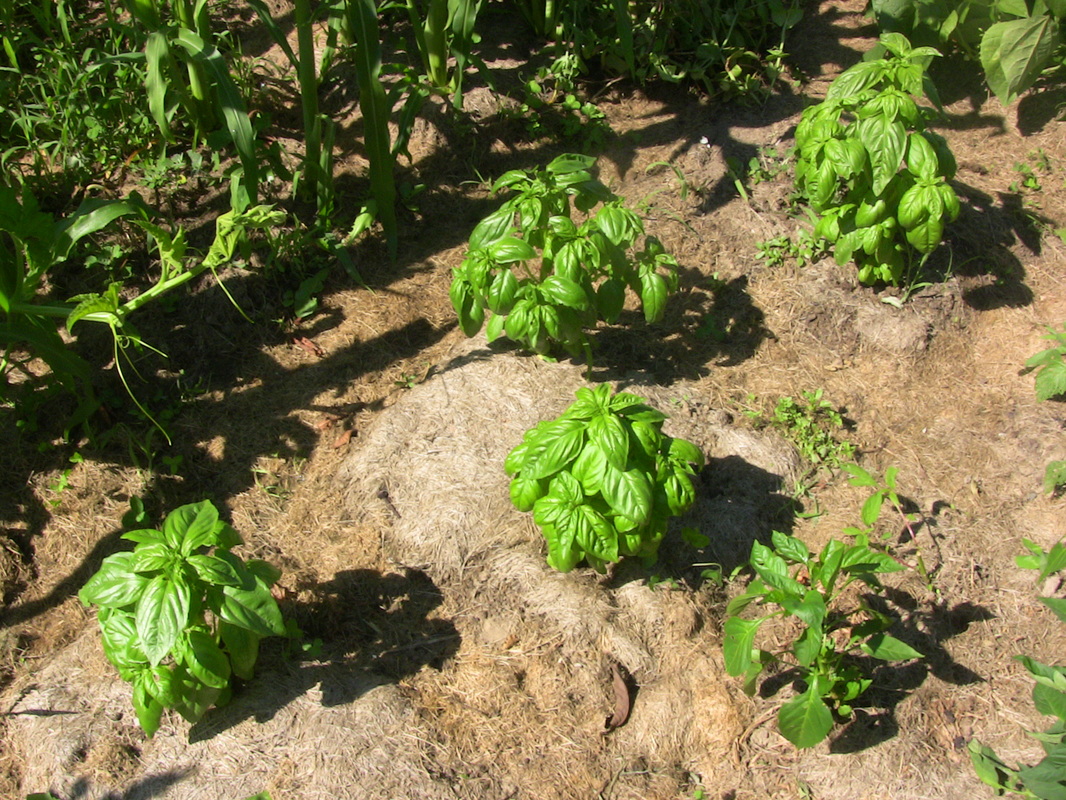
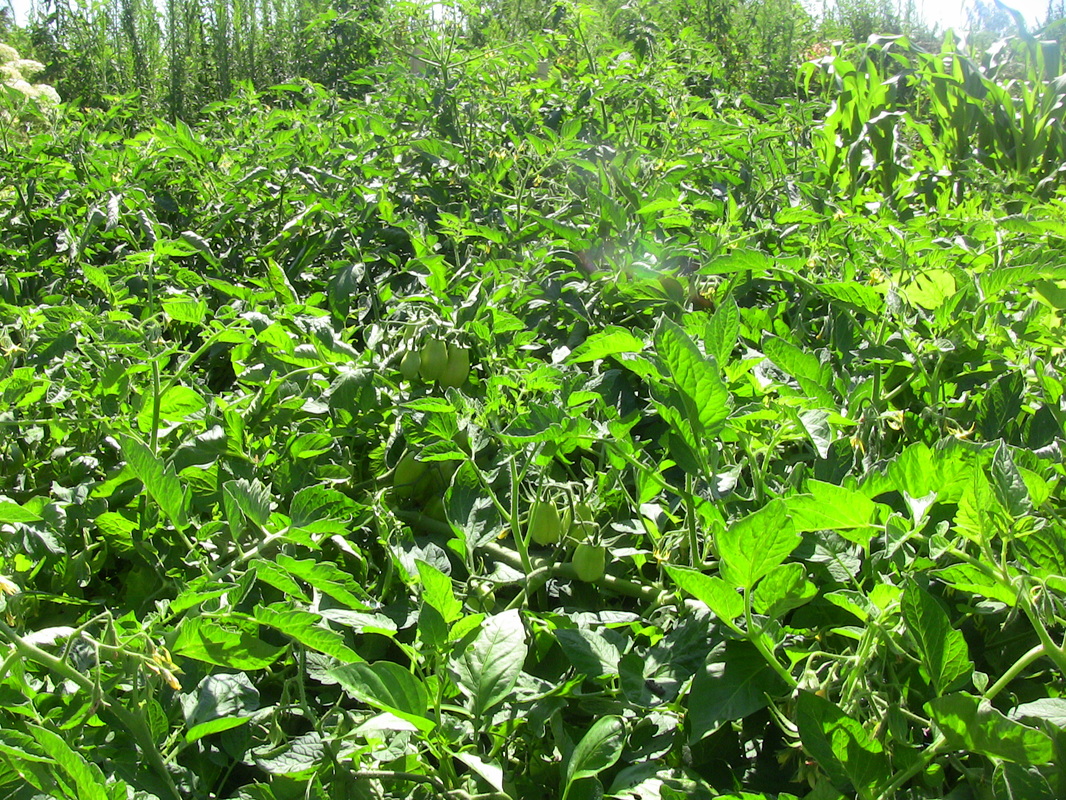
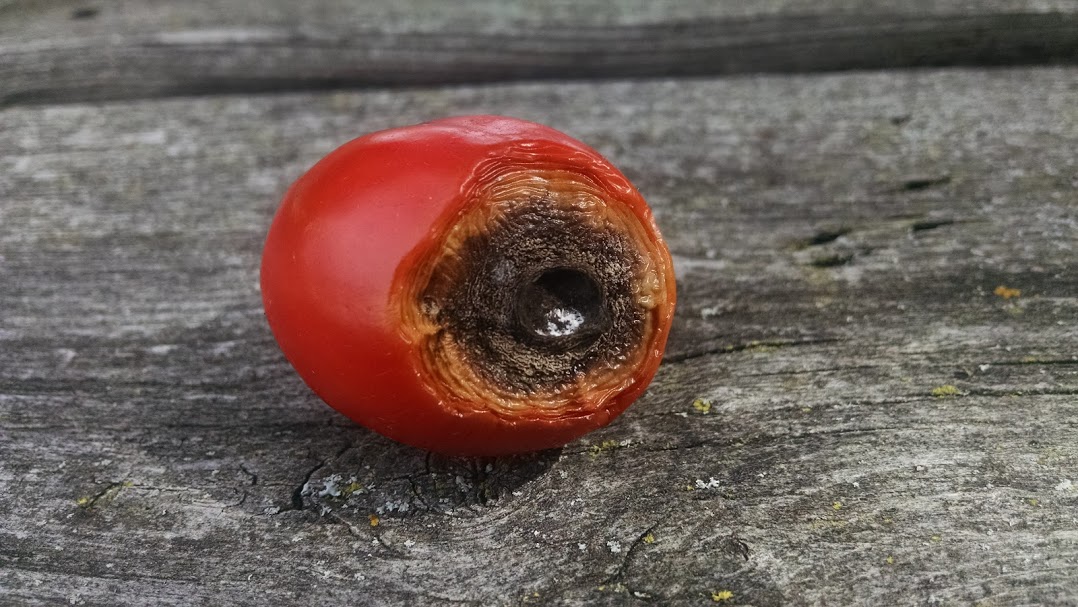
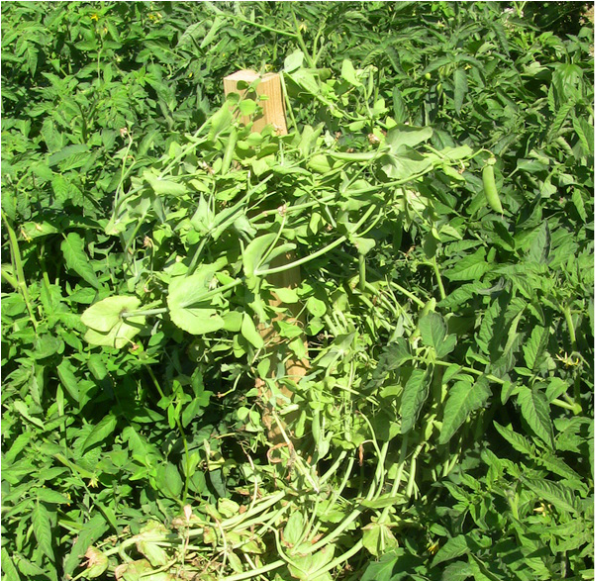
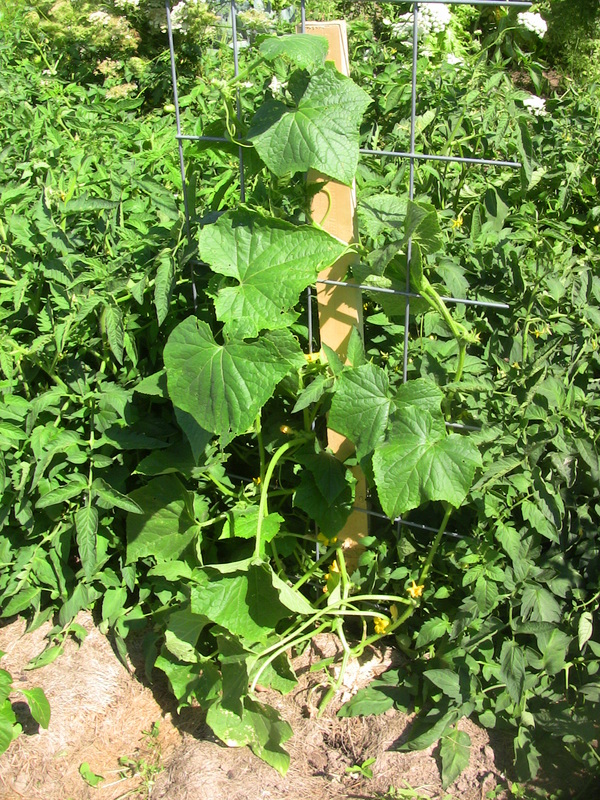
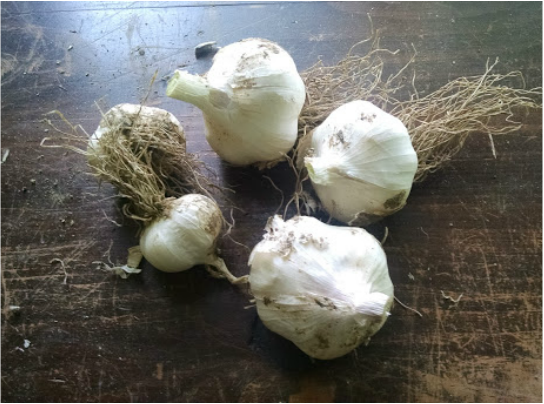
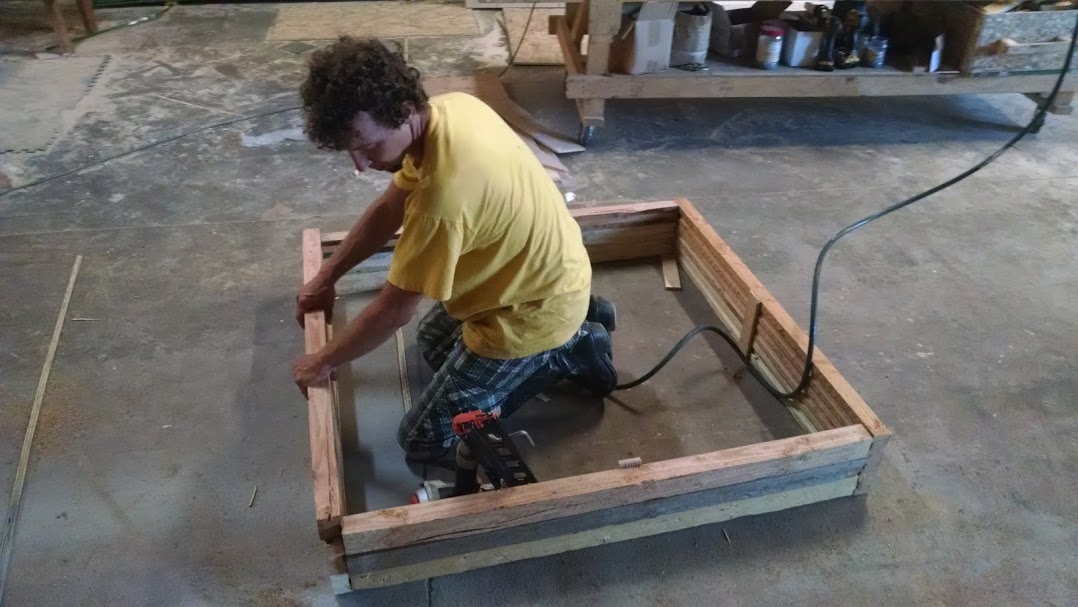

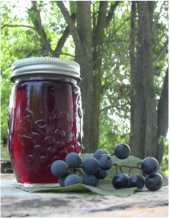
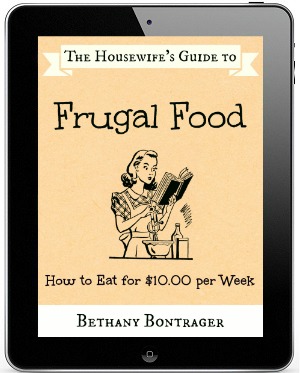
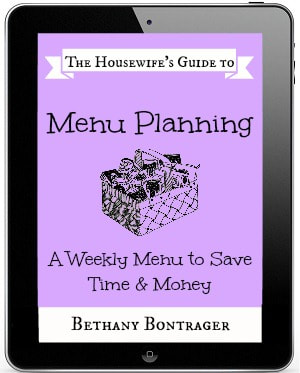
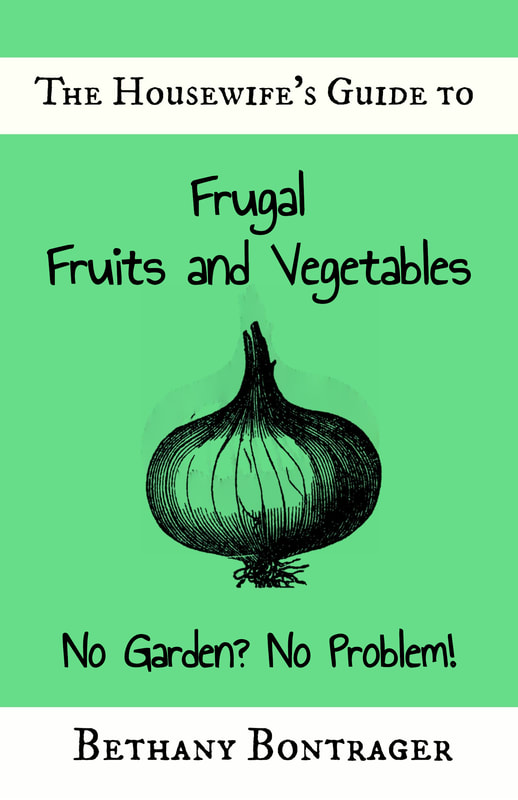
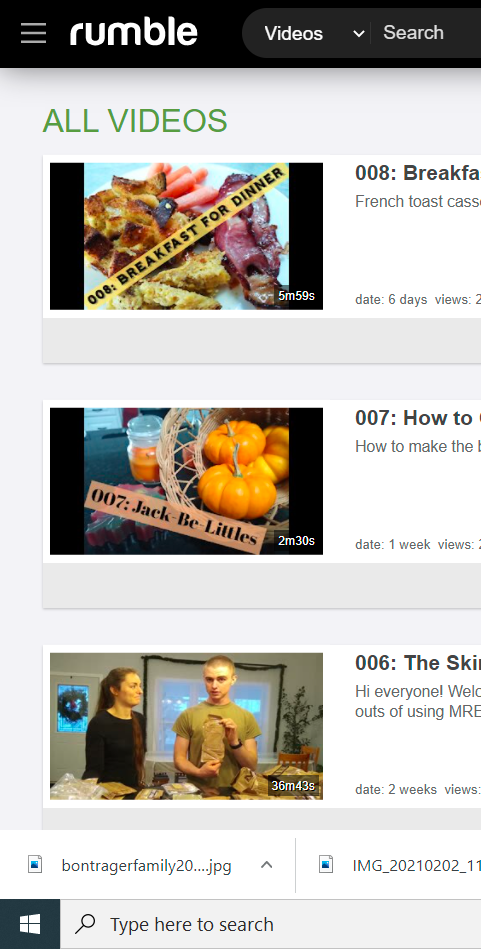
 RSS Feed
RSS Feed

